Dentistry for Children – Danville, CA
How We Meet Your Little One’s Dental Needs
There’s no such thing as being too young to get cavities. Children of all ages need dental care regularly, so they can keep their teeth for life. At Danville Pediatrics & Orthodontics, you’ll enjoy the benefits of having board-certified dentists and pediatric-trained assistants take care of your little one’s every dental need. To schedule your child’s next dental checkup, please give our dental office a call to schedule your child's visit with our pediatric dentist to receive dentistry for children in Danville, CA.
Why Choose Main Street Pediatric Dentistry & Orthodontics of Danville for Dentistry for Children?
- 24-Hour Urgent Care Available
- Board-Certified Dentists with Years of Experience
-
Kid-Friendly
Amenities
Dental Checkups & Teeth Cleanings

Part of our goal during your child’s routine checkups and cleanings will be to make sure they have a positive dental experience. If they have a good impression of the dentist early on, they’ll be more likely to seek out dental care on their own once they reach adulthood. Our team will always be very gentle and comforting while working on your child’s teeth. They’ll also keep you and your little one informed of the best at-home habits for keeping the smile healthy in the long term.
Dental Sealants
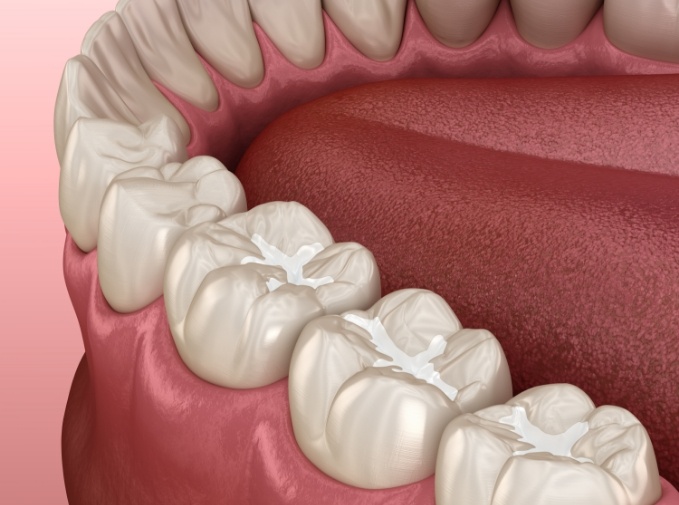
Children have a higher risk for cavities than adults, which is mainly because they are still learning how to brush and floss well. With dental sealants, we can help keep the teeth that have a particularly high risk for cavities safe. Specifically, we apply the sealants to the molars and premolars, which contain a lot of pits and crevices where bacteria and food particles can become trapped. By sealing these areas, we can significantly reduce the risk of decay in those particular teeth while your child is still learning how to brush.
Fluoride Treatment
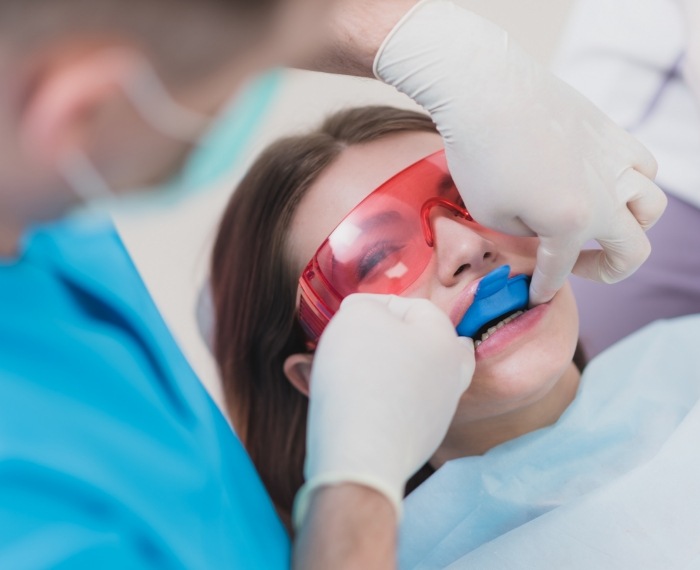
Fluoride is important for keeping your child’s teeth strong. As long as it’s administered in safe amounts, it can help strengthen the enamel while also protecting it from decay-causing bacteria. While fluoride can be found in tap water and toothpaste, we can give your child an additional dose of fluoride at the end of their regular appointments. We can apply a fluoride gel or varnish directly to the teeth, which only takes a few minutes and can be done completely painlessly.
Silver Diamine Fluoride

Silver diamine fluoride has been approved by the U.S. Food and Drug Administration as a way to prevent cavities from growing and spreading. It’s a mixture of silver and fluoride that simultaneously helps remineralize the teeth (meaning it rebuilds the materials the enamel is made of) while killing harmful bacteria. This is seen as a more comfortable alternative to drilling cavities, which is good news if you have a child who’s anxious about visiting the dentist.
Tooth-Colored Fillings
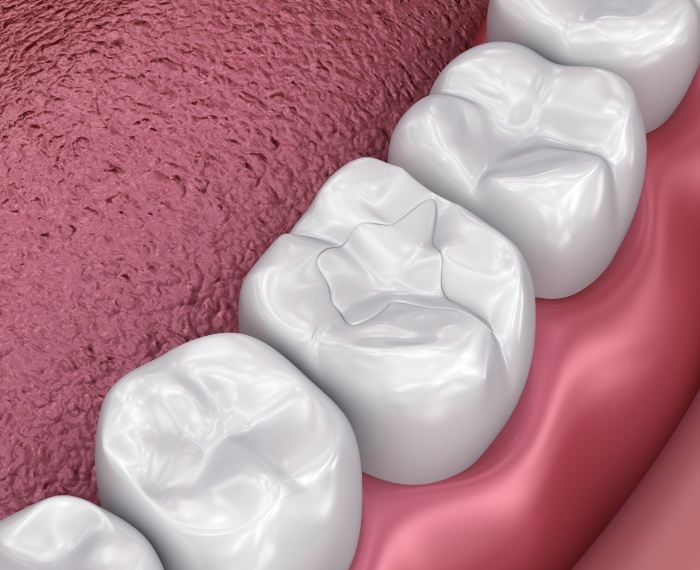
When your child has a cavity, it needs to be treated and filled as soon as possible. Once we’ve removed the decay in the area, we can apply a tooth-colored composite resin to restore the parts of the tooth that have already been lost. Using composite resin instead of a dark-colored amalgam means that your child’s filling will look like a natural part of the tooth, so they don’t have to feel awkward about smiling in front of others.
Safe Digital X-Rays
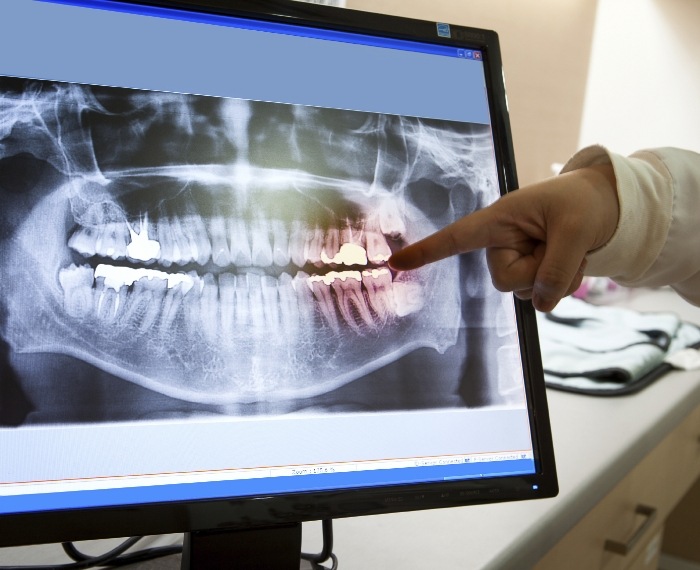
X-rays help us find hidden cavities as well as issues with your child’s jawbone that we might not find with a simple visual examination. Our dental office uses digital X-rays, which emit far less radiation than traditional X-rays; rest assured that the process is completely safe for your child. Digital X-rays can also be developed much faster than traditional X-rays, so you and your little one won’t have to wait as long for the results.
Root Canals / Pulp Therapy
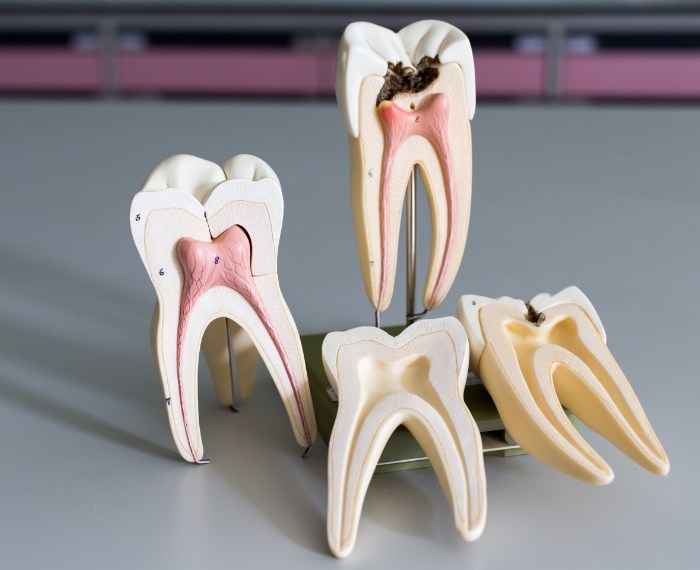
A toothache could be a warning sign that your child has a tooth with infected dental pulp. If the pulp isn’t treated, the tooth could be lost, which can have dire implications for your child’s long-term oral health. To save the tooth, we can either perform pulp therapy or root canal therapy. Pulp therapy involves removing the top portion of the pulp, while root canals require us to remove all of the pulp; the procedure we recommend depends on how far the infection has spread.
Non-Nutritive Habits

Thumb sucking should stop on its own between the ages of 2 and 4. If your child holds on to this habit longer than they should, they could suffer from major orthodontic issues and other developmental problems later in life. Luckily, our team can identify non-nutritive habits such as thumb sucking and help you develop a strategy to deal with them. We’ll show you the best steps to take to keep your child’s smile safe.
Tooth Extractions

It’s usually better for your child to lose their baby teeth naturally rather than have them pulled. However, we may need to remove your child’s tooth if:
- It has stayed in the mouth longer than it should and could stop the permanent teeth from erupting correctly.
- It has become so badly damaged that it can’t be restored with a filling or crown.
- It has an infection that can’t be treated with root canal therapy or pulp therapy.
No matter what the reason for extraction is, we’ll make sure the procedure is performed as comfortably as possible.
Athletic Mouthguards

It is always rewarding to see your child run around and have fun playing their favorite sport, but without a mouthguard, there’s a very real risk that they could end up in an accident that leads to a dental emergency. We recommend you get a mouthguard for the young athlete in your life as soon as possible; that way, if anything happens, their teeth and gums will be shielded from the worst of the damage.
